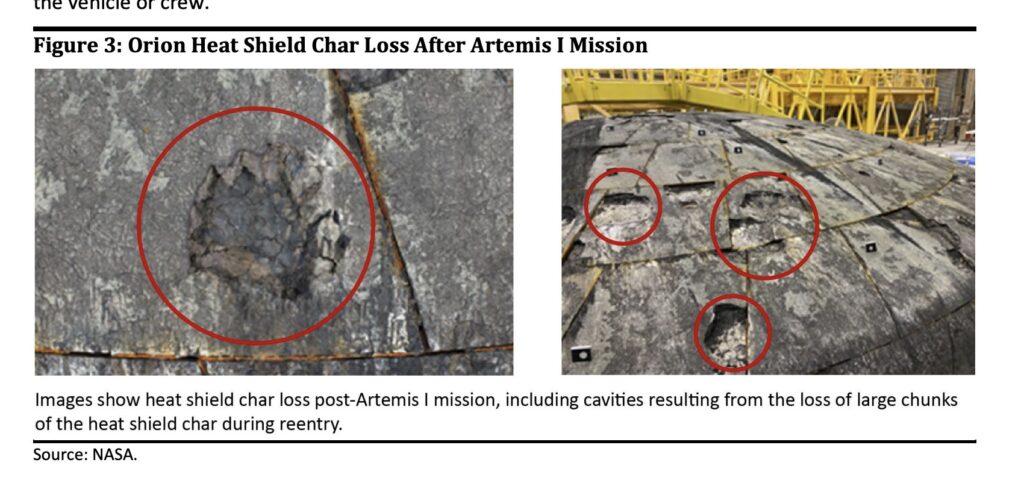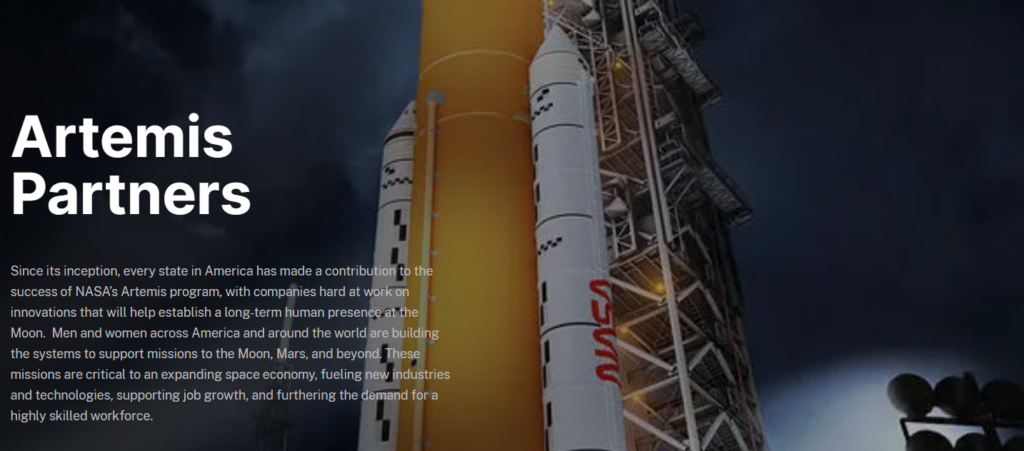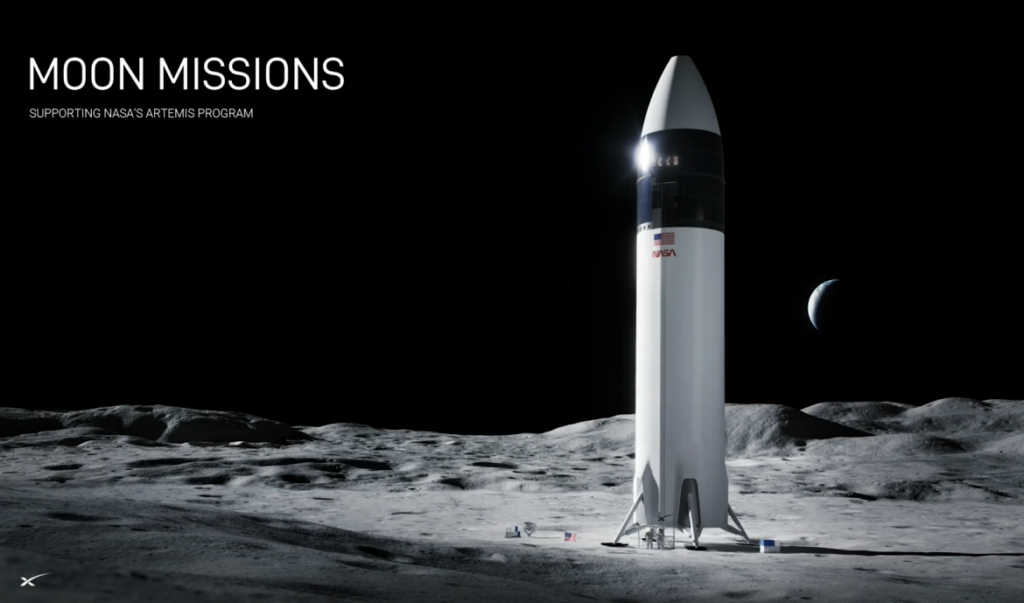In a recent interview with Eli Burton, host of the World of Engineering Interview Series, Matthew Ramsey, the Artemis 2 Mission Manager, provided intriguing insights into NASA’s Artemis program. The interview focused specifically on the upcoming Artemis 2 mission. The conversation covered various aspects of the mission, from the status of the heat shield investigation to the involvement of international partners and the critical role of commercial collaborations. One of the most significant revelations was how NASA is now making human-based risk decisions for Artemis 2. This marks a pivotal shift in their approach to space missions.
Heat Shield Investigation and Its Impact on Artemis II

The interview kicked off with an update on the heat shield investigation from Artemis I. Ramsey explained that there was spolation on the heat shield, and a dedicated Tiger team has been working on this issue since the spacecraft’s return. “They’ve been doing a lot of wind tunnel testing at the ARGJET at Ames, trying to characterize what the root cause of the problem was,” Ramsey said. He added that the team is close to making a recommendation on whether to use the current heat shield or replace it, with a decision expected soon.
Science Experiments and International Collaborations
When asked about science experiments for Artemis 2, Ramsey mentioned that although there will be no experiments outside the Orion vehicle, five secondary payloads will be deployed from the spacecraft adapter. These payloads, involving international partners, will conduct various scientific studies, including Earth observation and space weather research. The specifics of these experiments will be finalized by the fall of this year.

Ramsey also highlighted the importance of international partnerships in the Artemis missions. Countries like Canada and Japan are contributing significantly, with Japan building a pressurized rover and Canada providing a robotic arm for the Gateway station. The European Space Agency (ESA) is constructing the service module for Orion and other essential components for future missions.
Enhancing Public Engagement Through Technology
The conversation then turned to the use of cameras and public engagement. Ramsey assured that Artemis 2 would have extensive video coverage, including handheld cameras for the crew and additional cameras inside Orion. This footage aims to engage the public by providing real-time insights into the mission. “One of the best ways to get people excited about space is to let them see what’s happening real-time and go, ‘Whoa, we really did that,’” said Burton.
Commercial Partnerships and Technological Milestones
Ramsey discussed the progress of SpaceX’s Starship, a crucial component of the Artemis program. He acknowledged the advancements made by SpaceX in testing the airframe and propulsion systems and emphasized the importance of in-space refueling, a critical milestone for future missions. “Orbital refueling is going to be a fun milestone in the moment of space exploration,” he noted, highlighting the science fiction-like nature of this technology.

Human-Based Risk Decisions for Artemis II
One of the most profound aspects of the interview was Ramsey’s discussion on human-based risk decisions for Artemis 2. With the inclusion of a crew, NASA’s approach to risk management has evolved. “Having the crew on board has really… modified the way we think about accepting risk, because you’re not just accepting risk for the hardware anymore. You’re accepting risk for the crew themselves,” Ramsey explained. This shift necessitates a more meticulous decision-making process, where the crew and their families’ safety are paramount.

He elaborated on the involvement of the crew in these decisions, particularly concerning the heat shield. “The crew will be apprised of where we are, and they will have a say in which direction we go based on whatever the team recommends,” Ramsey added. This approach underscores the added complexity and responsibility that comes with human spaceflight.
The interview with Matthew Ramsey offered a comprehensive overview of the current state and future direction of the Artemis program. From addressing technical challenges to fostering international collaborations and adopting a human-centered risk management approach, NASA is paving the way for a new era of space exploration. As Ramsey aptly put it, the move towards making human-based risk decisions marks “another level of complexity” in their mission planning, underscoring the importance of ensuring astronaut safety while pushing the boundaries of space exploration.
Stay tuned for more updates on the Artemis missions and other exciting developments in the world of engineering and space exploration. For future interviews and to submit your questions, follow World of Engineering on X.

